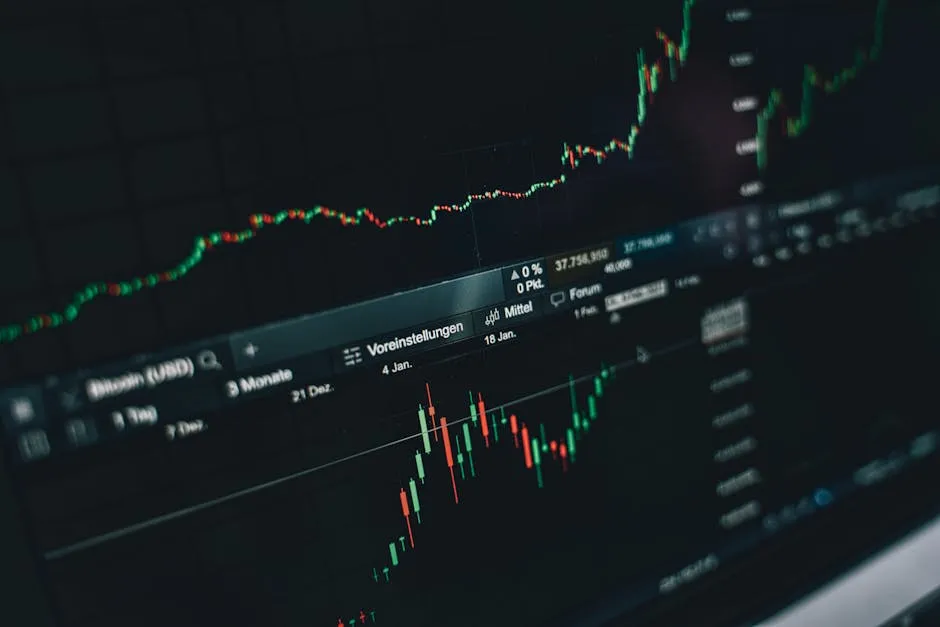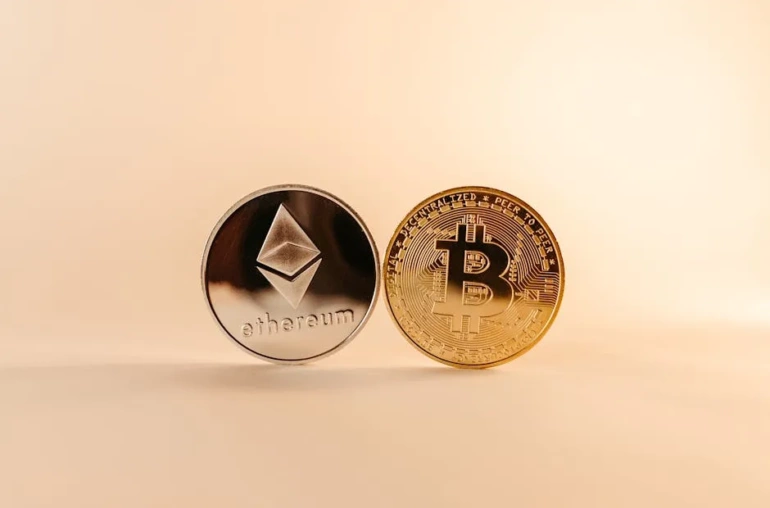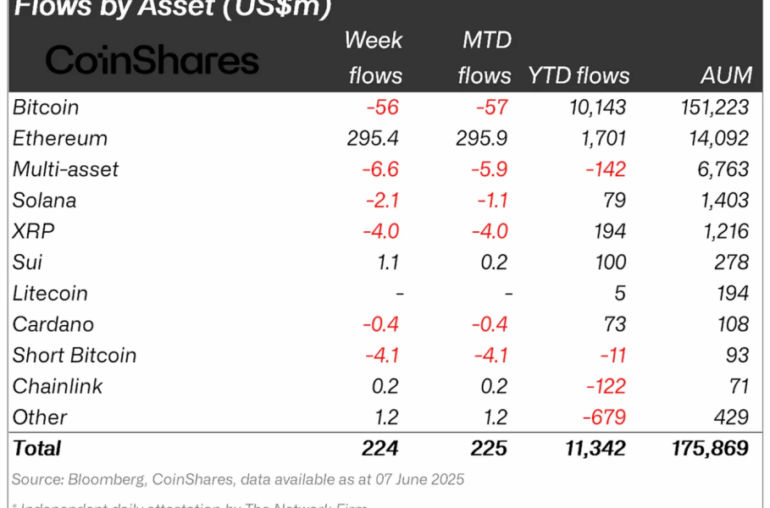
Understanding the Recent Surge in Stablecoins
In the third quarter of this year, the stablecoin market saw an impressive injection of $46 billion in net supply. This substantial growth showcases the increasing importance and adoption of stablecoins within the broader cryptocurrency ecosystem. But which stablecoins led the charge, and what does this mean for the future? Let’s break it down.
Leading the Charge: USDT, USDC, and USDe
The surge in stablecoin supply was predominantly driven by three major players: Tether (USDT), USD Coin (USDC), and the relatively newer entrant, USDe. Each of these stablecoins has carved out a unique niche in the market, contributing to their impressive growth.
Tether (USDT)
Tether continues to hold its position as the largest stablecoin by market capitalization. Its widespread acceptance and integration across various exchanges make it a preferred choice for traders seeking stability amidst the volatility of the cryptocurrency market. In Q3, USDT saw significant inflows, which can be attributed to its liquidity and reliability.
USD Coin (USDC)
Following closely behind is USD Coin, which has gained traction due to its commitment to transparency and regulatory compliance. USDC’s backing by reputable financial institutions enhances its appeal, attracting institutional investors and traders alike. The demand for USDC has surged, reflecting a growing trust in its stability and the overall ecosystem it supports.
USDe: The New Contender
USDe, while newer to the scene, has shown remarkable growth potential. As more users look for alternatives to the established stablecoins, USDe has emerged as a solid option, particularly among decentralized finance (DeFi) platforms. Its unique features and competitive advantages are drawing attention and contributing to the overall increase in stablecoin adoption.
Where Are the Funds Flowing?
The influx of capital into these stablecoins is indicative of several trends within the cryptocurrency market. Investors are increasingly seeking stability in their portfolios, particularly during uncertain economic times. Additionally, the demand for stablecoins is rising as they play a crucial role in facilitating transactions within the DeFi ecosystem, providing liquidity, and enabling yield farming opportunities.
What Signals Matter Next?
As we move forward, several signals will be important to watch in the stablecoin market:
- Regulatory Developments: Regulatory clarity will significantly influence how stablecoins are adopted and used across different jurisdictions.
- Market Adoption: The continued integration of stablecoins into payment systems and financial products will be crucial for their growth.
- Technological Innovations: Advances in blockchain technology can enhance the functionality and security of stablecoins, attracting more users.
Conclusion
The $46 billion surge in stablecoins during Q3 is a testament to the growing confidence in these digital assets. With major players like USDT, USDC, and USDe leading the way, the stablecoin market is set for exciting developments. As investors and users alike seek stability in their crypto ventures, understanding these trends will be essential for navigating the evolving landscape of digital currencies.



